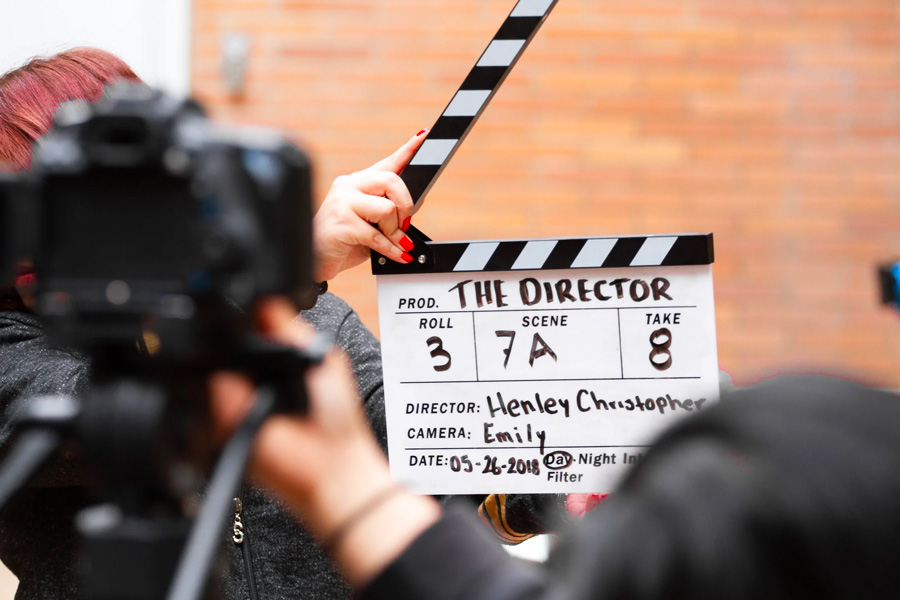People living with disability are not properly represented at the peak of the media – despite plenty of disabled roles being available. For every star actor living with disability, there are countless naysayers that, as On Stage Blog highlights, are liable to point at the likes of Forrest Gump as a beacon of disabled inclusivity. That being said, huge efforts are being made from all corners of the entertainment industry to create true representation for disabled people in TV, film and music. The success of certain actors has driven this forward.
Big name stars
A lead name in the fight for disability representation is RJ Mitte. The Breaking Bad star was diagnosed with cerebral palsy when he was three and spent many years in casts and other aids to help with therapeutic measures for his condition. According to IndieWire, his character, Jesse, was the first time that many viewers had seen an actor with a disability in a big-ticket production – and that, in itself, has been a problem. As RJ Mitte highlights, several of the biggest shows on television have hosted disabled actors – Seinfeld and Danny Woodburn being one – but it was rare that the disability itself had ever been spoken about. Jesse’s disability became a talking point in Breaking Bad, another facet to what was already a fantastic show, and gave a big boost to disabled actors’ hopes.
An 11-year high
There has, arguably, been a wave of representation stemming from this. Disability advocates Respectability have measured an 11-year high in roles for disabled people on television, with 3.5% of scripted characters on television having some form of disability. Furthermore, more studios are using disabled actors to portray these characters. It had previously been common for able-bodied actors to take the roles of disabled people in television, yet, on several primetime productions for CBS and Fox News, these roles have been given to people with that disability. This is important, both for representation and for the actual quality of productions.
Improving the stories
Putting disabled actors into these roles is crucially important. A report by Deadline found that disabled audiences overwhelmingly feel underrepresented in media – even when the characters have a disability written into their role. This is because actors without that knowledge and experience are, often, unable to properly represent what they are acting out – leading to a clear disconnect between what viewers are anticipating and what they are being presented. Adjusting this balance is best done through the use of disabled actors, and that can only be a good thing both for the quality of media and for the diversity of the media workplace.
This underrepresentation also extends to the practical aspects of living with a disability, such as relying solely on disability benefits or claims. For many individuals with disabilities who cannot (find) work, their financial survival depends on these benefits. It can be challenging to live just on these benefits, as they may not fully cover the costs of living, medical expenses, and necessary accommodations. By having disabled actors represent characters in similar situations, media can more accurately portray the reality of living with a disability, and bring much-needed awareness to the struggles these individuals face in their daily lives.
Writing roles with disability at their core is one part of the challenge for media scriptwriters. The second is in ensuring that people with the right experience are given the opportunity to act out those roles. As more and more TV shows become inclusive of America’s diverse disabled population, it must continue to seek out actors to play the role.






